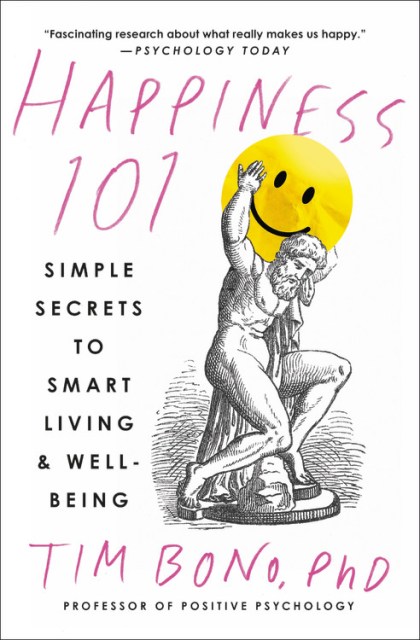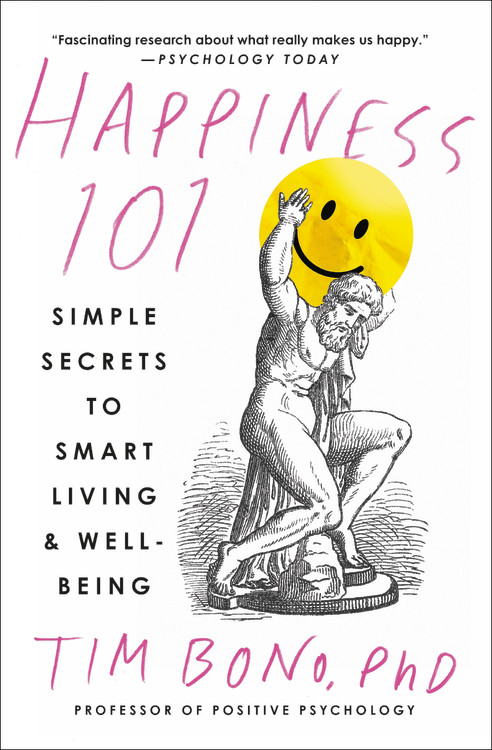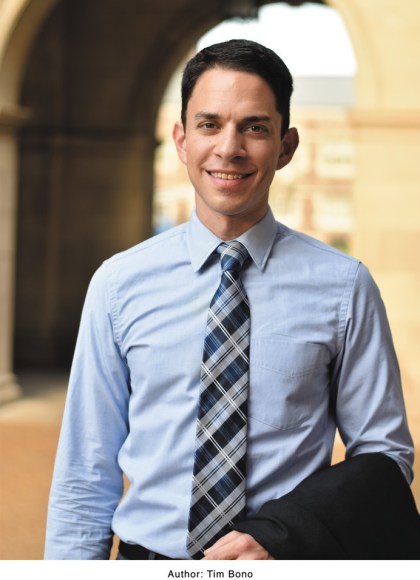Promotion
Use code BEST25 for 25% off storewide. Make sure to order by 11:59am, 12/12 for holiday delivery!
By clicking “Accept,” you agree to the use of cookies and similar technologies on your device as set forth in our Cookie Policy and our Privacy Policy. Please note that certain cookies are essential for this website to function properly and do not require user consent to be deployed.
Happiness 101 (previously published as When Likes Aren’t Enough)
Simple Secrets to Smart Living & Well-Being
Contributors
Formats and Prices
- On Sale
- Jan 14, 2020
- Page Count
- 272 pages
- Publisher
- Grand Central Publishing
- ISBN-13
- 9781538743423
Price
$18.99Price
$23.99 CADFormat
Format:
- Trade Paperback $18.99 $23.99 CAD
- Audiobook Download (Unabridged)
This item is a preorder. Your payment method will be charged immediately, and the product is expected to ship on or around January 14, 2020. This date is subject to change due to shipping delays beyond our control.
Buy from Other Retailers:
When a group of researchers asked young adults around the globe what their number one priority was in life, the top answer was “happiness.” Not success, fame, money, looks, or love…but happiness. For a rising generation of young adults raised as digital natives in a fast-paced, ultra-connected world, authentic happiness still seems just out of reach. While social media often shows well-lit selfies and flawless digital personas, today’s 16- to 25-year-olds are struggling to find real meaning, connection, and satisfaction right alongside their overburdened parents.
An Introduction to Happiness tackles the ever-popular subject of happiness and well-being, but reframes it for a younger reader struggling with Instagram envy and high-stakes testing, college rejections and helicopter parents. Professor of positive psychology Dr. Tim Bono distills his most popular college course on the science of happiness into creative, often counterintuitive, strategies for young adults to lead happier, more fulfilling lives.
Filled with exciting research, practical exercises, honest advice, and quotes and stories from young adults themselves, An Introduction to Happiness is a master class for a generation looking for science-based, real world ways to feel just a little bit happier every day.
-
"This is one of the best books I've read that offers practical solutions for the mental health crisis. This should be required reading not only for students and higher education professionals, but for anyone who is interested in adopting healthier habits in their own lives. A must read!"Dr. Amelia Parnell, vice president for research and policy at NASPA-Student Affairs Administrators in Higher Education
-
"There are so many things to pull out of this book even beyond strategies to achieve happiness-Bono shows readers how they can make many choices that lead to a healthier lifestyle overall. His students' stories powerfully bring the research into practice."Dr. Beth Lingren Clark, assistant dean and director of first-year programs at University of Minnesota
Newsletter Signup
By clicking ‘Sign Up,’ I acknowledge that I have read and agree to Hachette Book Group’s Privacy Policy and Terms of Use







